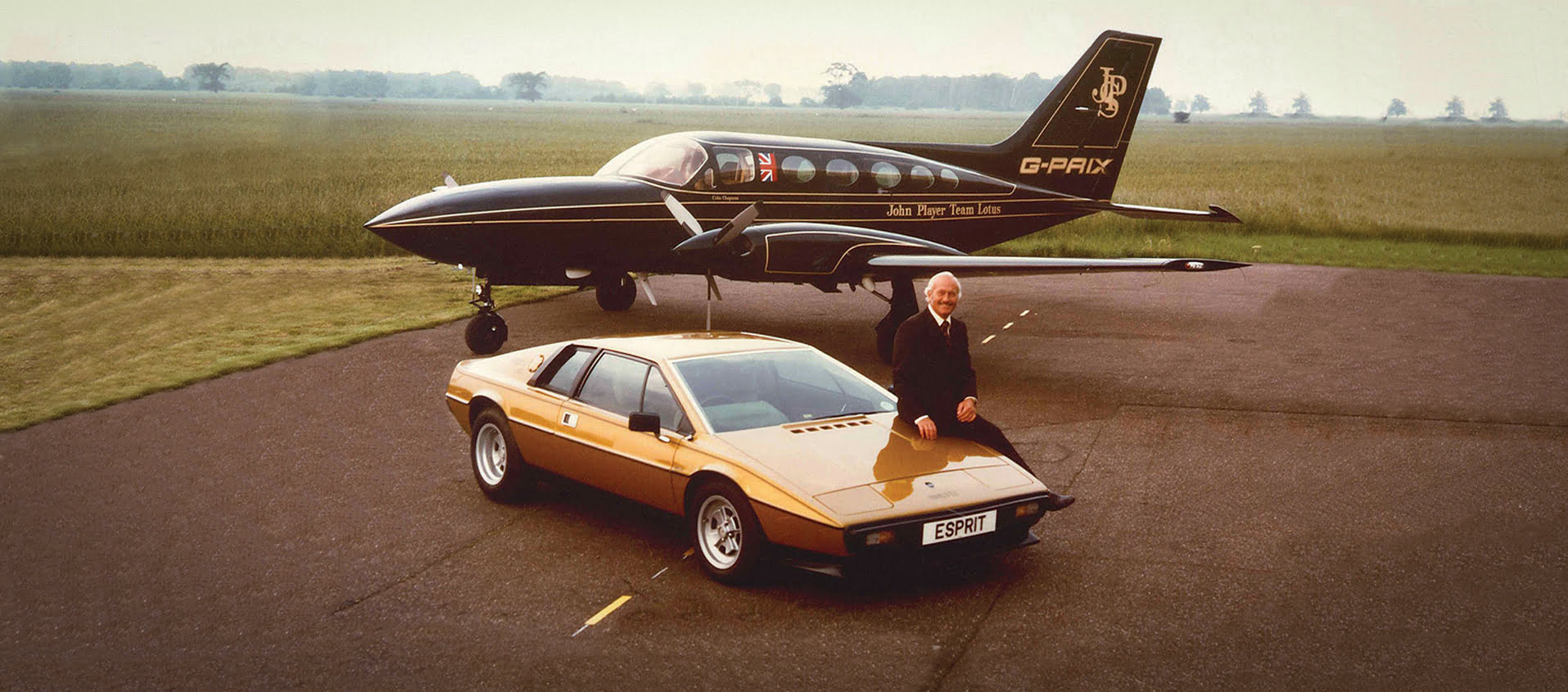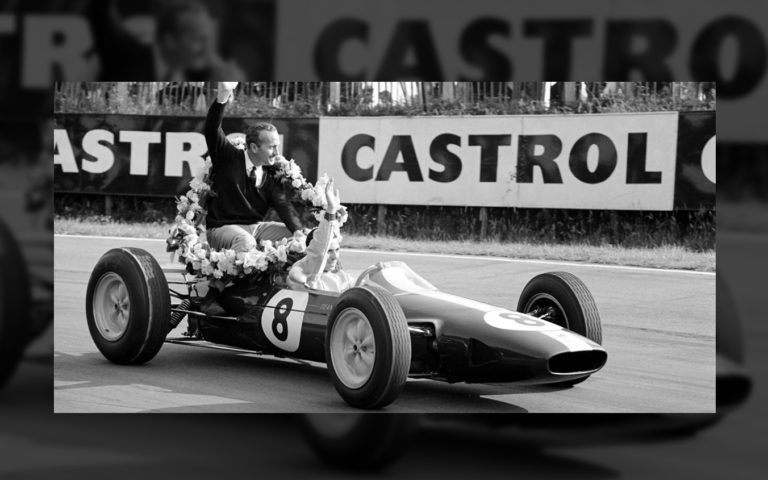Colin Chapman and Lotus 1 - The beginning. Performance through light weight
03 April 2021 4 min read 9 images

If Colin Chapman started building cars out of passion, that passion must have been truly epic. Not so much because he built his first car when he was just twenty years old while studying Engineering at University College London, in order to compete in those curious but very popular races in England called Trials. Many others had done something similar before him. But because once het set himself to work, he immediately realized with his innate instinct as a “creator of all things new”, that if everyone did things in one way, he could do them in another.
Register to unlock this article
Signing up is free and gives you access to hundreds of articles and additional benefits. See what’s included in your free membership. See what's included in your free membership.
Already have an account? Log In


